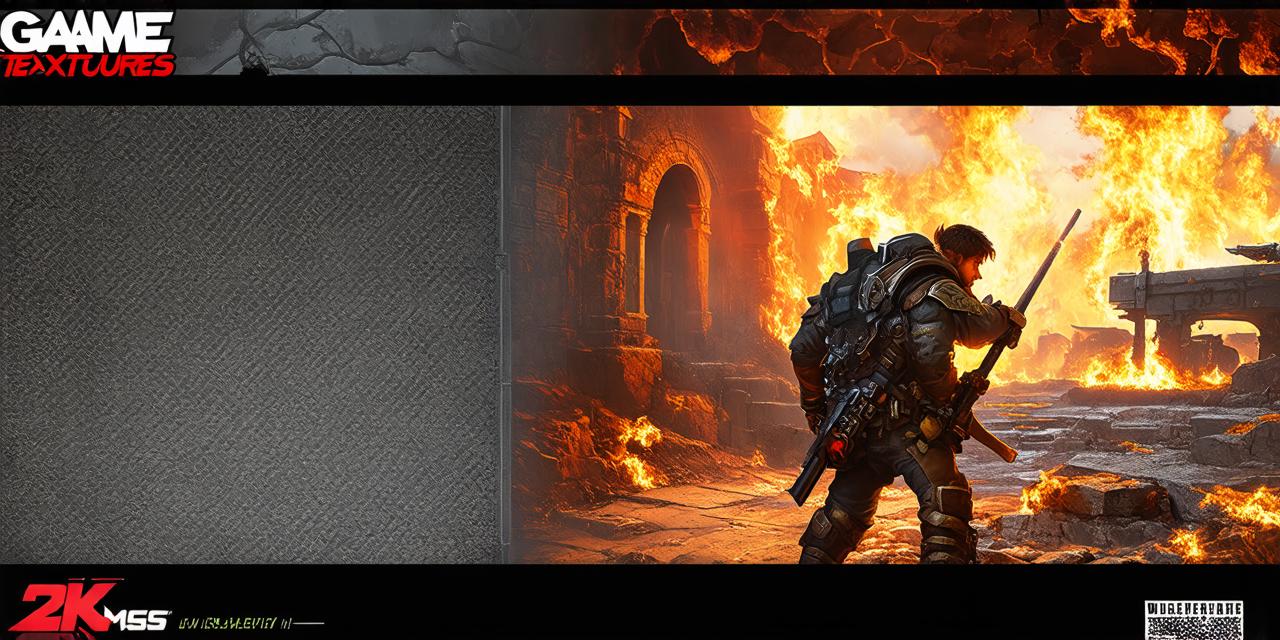Introduction
Game design is an exciting and challenging field that requires creativity, critical thinking, and problem-solving skills. Whether you are interested in creating video games or tabletop games, game design can be a rewarding and fulfilling career path. In this article, we will provide a comprehensive guide on how to create video and tabletop games from start to finish. We will cover the basics of game design, including game mechanics, storytelling, art and animation, programming, and testing. We will also discuss common mistakes that game designers make and provide tips for success.
Game Mechanics
The first step in creating a successful game is to understand its mechanics. Game mechanics are the rules and systems that govern how the game works. They include things like movement, combat, resource management, and level design. To create engaging game mechanics, you need to balance challenge and reward, progression and difficulty, and player agency and choice. For example, in a video game, you might have a character that can run, jump, and shoot. The mechanics of this character would include how fast it runs, how high it jumps, and how accurate its shots are.

Storytelling
Once you have your game mechanics figured out, the next step is to create a compelling story. Storytelling is crucial for engaging players and keeping them invested in the game. You can use various techniques like character development, plot twists, and environmental storytelling to create an immersive experience. For example, in a tabletop game, you might have a character that has a backstory and motivations. The story could be revealed through dialogue, actions, or other elements of the game.
Art and Animation
The art and animation of your game are critical to its success. They bring your game world to life and help players visualize the characters and environments. When designing your game’s art and animation, you need to consider factors like style, color palette, lighting, and motion. For example, in a video game, you might have a character that has different animations for running, jumping, and shooting. The animations would be designed to make the character look realistic and believable.
Programming
Programming is the process of creating the rules and systems that govern your game’s behavior. You can use various programming languages like C++, Java, or Python depending on your platform and requirements. When programming your game, you need to consider factors like performance, memory usage, and user interface design. For example, in a tabletop game, you might have a mechanic that requires players to roll dice. The programming would be designed to ensure that the dice are rolled fairly and accurately.
Testing
Finally, before releasing your game, you need to test it thoroughly to ensure that it is bug-free and functions as intended. You can use various testing techniques like unit testing, integration testing, and playtesting. Playtesting is particularly important for games, as it allows players to provide feedback on the game’s mechanics, story, and overall experience. For example, in a video game, you might have a bug that causes the character to move unintentionally. The testing process would identify this bug and allow you to fix it before release.
Common Mistakes
Despite the best efforts of game designers, mistakes are inevitable. Some common mistakes include overcomplicating mechanics, underestimating playtesting time, and not seeking feedback from others. To avoid these mistakes, you need to keep your mechanics simple and intuitive, allocate enough time for playtesting, and seek feedback from beta testers, peers, and other stakeholders.
Tips for Success
To create a successful game, you need to be persistent, creative, and willing to learn. You also need to stay up-to-date with the latest trends and technologies in game design. Some tips for success include collaborating with others, using prototypes to test your ideas, and seeking feedback from your target audience.
Summary
Game design is a complex and rewarding field that requires a combination of creativity, critical thinking, and technical skills. By understanding the basics of game mechanics, storytelling, art and animation, programming, and testing, you can create engaging and successful video and tabletop games. Common mistakes include overcomplicating mechanics, underestimating playtesting time, and not seeking feedback from others. To succeed in game design, you need to be persistent, creative, and willing to learn. With the right approach and tools, anyone can create a game that captivates and entertains players.
